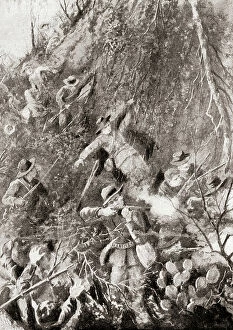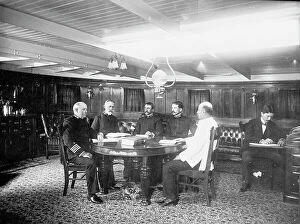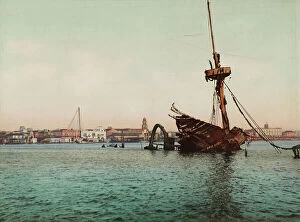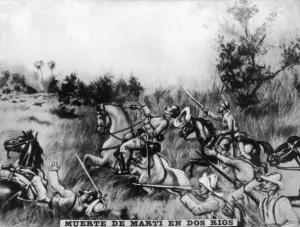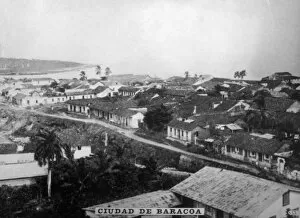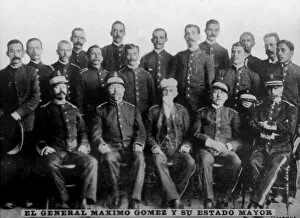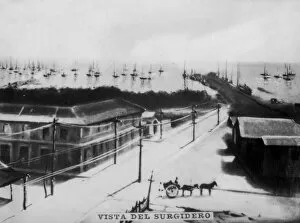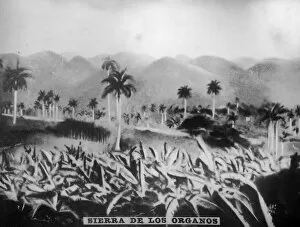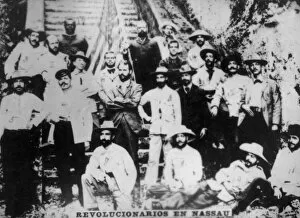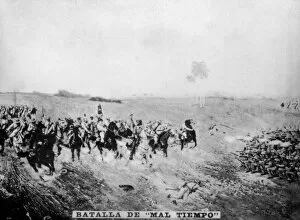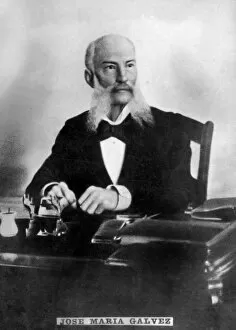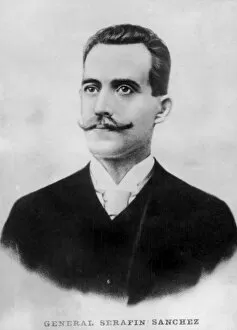Cuban War Of Independence Collection
The Cuban War of Independence, spanning from the 1890s to the 1920s, was a tumultuous period in Cuban history
All Professionally Made to Order for Quick Shipping
The Cuban War of Independence, spanning from the 1890s to the 1920s, was a tumultuous period in Cuban history. The conflict began with the blessing of Spanish troops, who sought to maintain control over their colony. However, as tensions escalated and atrocities were committed on both sides, it became clear that this war would be anything but conventional. One engraving captures the essence of this brutal struggle: guerrillas from the Cuban Army of Independence fighting Spanish troops over the lifeless body of their beloved general, Antonio Maceo Grajales. This haunting image serves as a reminder that war is indeed hell, echoing General Sherman's famous quote. Yet for many Cubans living under Spanish rule at that time, peace was even worse than hell itself. The Taking of Guaimaro in October 1896 depicted in another artwork highlights how desperate they were to break free from oppressive conditions. The memory of those who sacrificed everything during this fight for independence is etched into Cuba's history. A monument dedicated to medical students executed by the Spanish in 1871 stands tall in Havana as a somber reminder of their bravery and sacrifice. In an attempt to find respite from these turbulent times, some Cuban libertadores chose exile and departed for Jamaica. Their departure symbolized not only their longing for freedom but also their determination to continue fighting against oppression. As we delve deeper into this era through photographs taken during the 1920s, we catch glimpses of what life was like amidst constant turmoil. Views captured include an imposing Spanish fort standing as a testament to colonial power and dominance while offering insight into strategic military positions held by Spain. The Jimaguayu Constitution signed in 1895 represented hope for change and progress amid chaos—a beacon guiding Cubans towards self-determination and liberation from foreign rule. Amidst all this upheaval lies Baracoa—an enchanting city whose beauty belied its involvement in the war.



